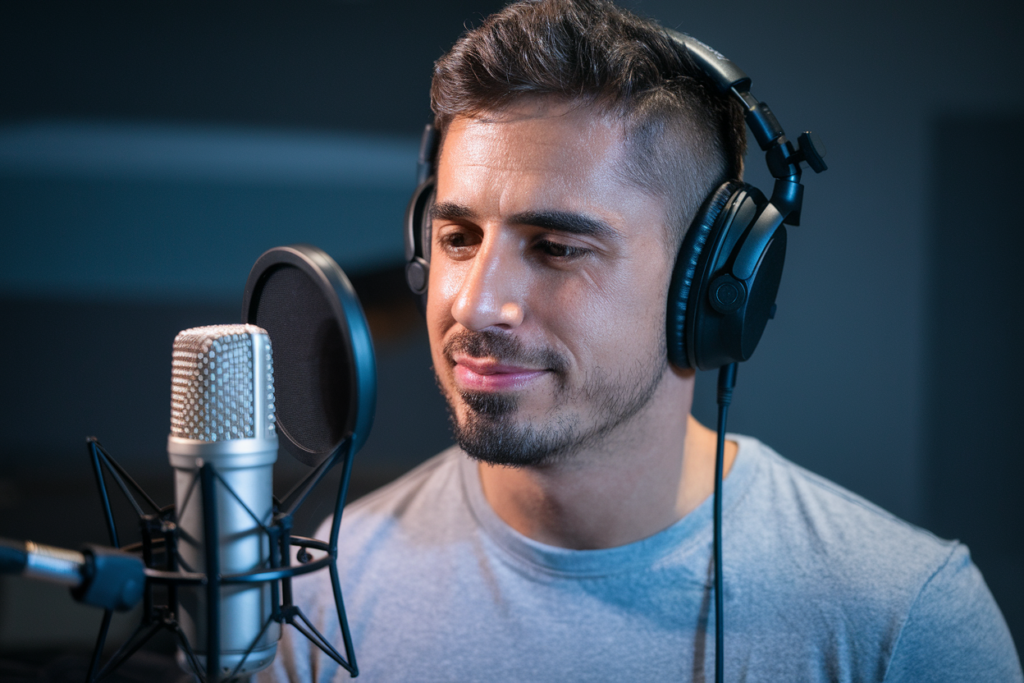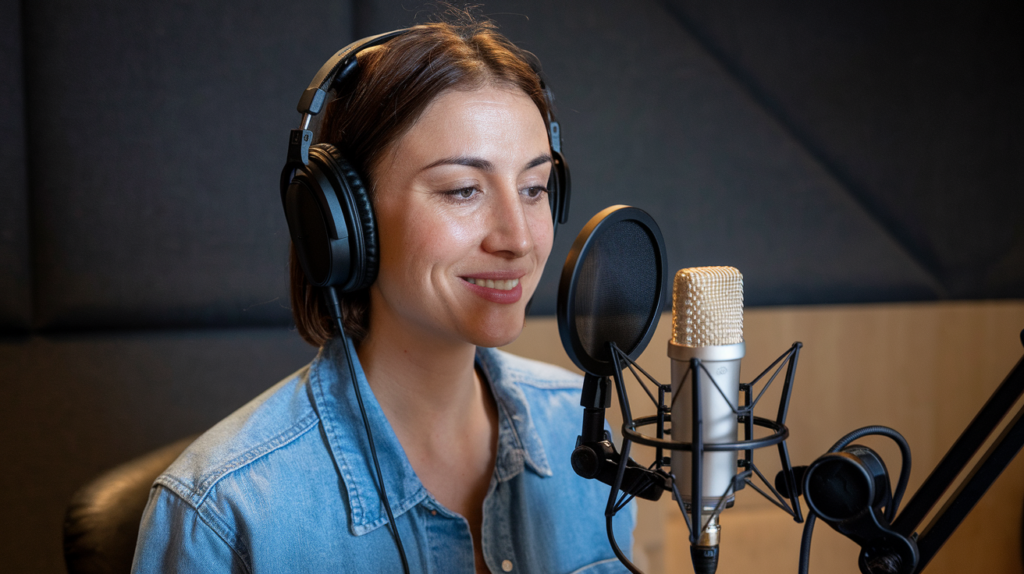Navigating the intricacies of bilingualism can be a fascinating journey, especially when it comes to Galician and Spanish. As someone who’s immersed in this linguistic landscape, I’ve seen firsthand how pronunciation shapes communication and identity. The unique sounds of Galician often blend with Spanish in ways that reflect cultural nuances and personal experiences.
In this article, I’ll explore the interplay between these two languages in everyday speech. From regional accents to common pronunciation challenges, understanding how they coexist enriches our appreciation for both languages. Join me as we delve into the vibrant world of Galician-Spanish bilingualism and uncover what makes this linguistic tapestry so compelling.
Overview of Pronunciacion y Bilingue Gallego Espanol en el Habla
Pronunciation serves as a crucial element in the bilingual dynamics between Galician and Spanish. Differences in phonetics can lead to varying interpretations of words, affecting clarity in communication. For instance, the pronunciation of certain consonants differs significantly between the two languages.
Bilingual speakers often navigate these nuances daily. They might switch from one language to another seamlessly, adapting their pronunciation based on context or audience. This fluidity highlights the necessity of understanding regional accents that influence spoken interactions.
Specific challenges arise when non-native speakers attempt to engage with either language’s sounds. Mispronunciations can hinder effective communication and may lead to misunderstandings. Therefore, awareness of these pronunciation differences fosters better dialogue among speakers.
To illustrate this further, here are some common pronunciation variations:
| Language | Phonetic Feature | Example |
|---|---|---|
| Galician | “x” pronounced as [ʃ] | “xeito” (way) |
| Spanish | “j” pronounced as [x] | “jugo” (juice) |
| Galician | Vowel nasalization | “mãe” (mother) |
| Spanish | No nasalization for vowels | “madre” (mother) |
Understanding these distinctions enriches my appreciation for both languages and enhances communication within diverse cultural contexts. Each interaction reflects not only linguistic proficiency but also an identity shaped by both Galician and Spanish influences.
Historical Context
The historical context of bilingualism in Galicia reveals significant influences shaping the interaction between Galician and Spanish. Understanding these factors enhances the appreciation of their relationship within daily communication.
Influence of Galician Language
Galician language roots trace back to the medieval period, evolving from Latin through various dialects. During the 19th century, a cultural renaissance elevated its status, promoting literature and education in Galician. This revival fostered a sense of regional identity that persists today. Over time, speakers developed unique phonetic characteristics distinct from Spanish, impacting pronunciation patterns in both languages during conversations.
Development of Bilingualism in Galicia
Bilingualism emerged as a natural consequence of socio-political dynamics in Galicia. The coexistence of Galician and Spanish throughout history cultivated bilingual speakers who navigate both languages fluidly. Legislative measures since the late 20th century encouraged educational initiatives promoting literacy in Galician alongside Spanish. These developments contributed to a growing recognition of bilingual proficiency as an asset, enhancing communication across diverse communities within Galicia while preserving linguistic heritage.
Phonetic Features
Pronunciation plays a vital role in the bilingual dynamics between Galician and Spanish. Understanding phonetic features enhances communication and clarifies linguistic nuances.
Key Characteristics of Galician Pronunciation
Galician pronunciation exhibits distinct characteristics that influence its sound structure.
- Vowel Quality: Galician vowels typically have a clearer quality compared to their Spanish counterparts. For example, the vowel sounds in words like “casa” (house) maintain distinctness.
- Consonant Clarity: Consonants are pronounced more sharply in Galician. The ‘l’ sound is notably clearer, especially before front vowels.
- Syllable Structure: Syllables tend to be open in Galician, often ending with vowels rather than consonants. This results in a smoother flow during speech.
These features enhance the melodic nature of spoken Galician, contributing to its unique identity within the bilingual context.
Differences Between Galician and Spanish Sounds
Understanding sound differences between Galician and Spanish is essential for effective communication.
- Sibilant Sounds: The ‘s’ sound in Galician often resembles the English ‘sh,’ contrasting with the softer ‘s’ found in standard Spanish pronunciations.
- Diphthongs: Certain diphthongs appear differently; for instance, “ai” or “ei” may not blend as seamlessly as they do in Spanish, leading to varied interpretations of familiar terms.
- Aspiration of Consonants: In some dialects, aspirated consonants occur more frequently in Galician than in Spanish, affecting word endings and phrase transitions.
Awareness of these differences aids bilingual speakers and learners alike by fostering clarity while navigating conversations across both languages.
Bilingual Communication in Galicia
Bilingual communication in Galicia is a fluid exchange between Galician and Spanish, reflecting the region’s rich linguistic heritage. Understanding the dynamics of this communication involves examining code-switching practices and the role of context.
Code-Switching Practices
Code-switching occurs frequently among bilingual speakers in Galicia, allowing them to switch between Galician and Spanish within a single conversation. This practice serves multiple purposes, such as emphasizing points or expressing cultural identity. For instance, a speaker might start a sentence in Spanish and seamlessly transition to Galician for emphasis on specific terms or expressions unique to their culture. These transitions enhance dialogue by adding layers of meaning while showcasing linguistic flexibility.
The Role of Context in Language Use
Context plays a critical role in language use among bilingual speakers. Factors such as audience familiarity, setting, and topic influence which language is chosen during conversations. In formal settings like schools or government institutions, individuals often prefer Spanish due to its broader recognition; however, casual environments may prompt more frequent use of Galician. Similarly, when discussing culturally significant topics like local traditions or folklore, speakers tend to lean towards Galician for its richer vocabulary related to these themes. Recognizing these contextual cues aids effective communication and fosters deeper connections within diverse communities in Galicia.
Educational Implications
Understanding the nuances of pronunciation in bilingual Galician and Spanish contexts has significant educational implications. Effective teaching strategies can enhance students’ communication skills and cultural awareness.
Teaching Pronunciation in Bilingual Settings
Teaching pronunciation requires a tailored approach that addresses the unique phonetic characteristics of both languages. Instructors should focus on specific elements such as vowel quality, consonant clarity, and syllable structure differences. I emphasize using auditory exercises to help learners recognize distinct sounds in each language. For example, practicing sibilant sounds through repetition can aid retention. Incorporating interactive activities like role-playing encourages students to switch between languages fluidly while maintaining clear pronunciation.
Additionally, providing immediate feedback during speaking exercises helps identify common errors and reinforces correct sound production. Engaging with native speakers allows learners to experience authentic pronunciation models, which fosters better understanding and imitation of regional accents.
Resources for Language Learners
Numerous resources support language learners in mastering bilingual pronunciation. Online platforms offer videos demonstrating proper articulation of Galician and Spanish phonetics. Websites with interactive tools provide practice scenarios where learners can test their skills in real-time conversations.
Books focusing on bilingual education often include sections dedicated to phonetic variations, outlining practical tips for both teachers and students. Language exchange programs connect learners with native speakers, facilitating immersive experiences that enhance pronunciation accuracy.
Mobile applications designed for language learning also feature speech recognition technology that evaluates users’ pronunciations against standard models, offering valuable insights into areas needing improvement. These diverse resources enable effective learning environments conducive to mastering bilingual communication skills in Galicia’s rich linguistic landscape.
Conclusion
Navigating the intricacies of Galician and Spanish pronunciation has been a profound journey for me. I’ve witnessed firsthand how these nuances shape conversations and foster connections within diverse communities. Understanding the subtle differences in phonetics can truly enhance communication skills while preserving cultural identity.
As bilingual speakers, we have the unique opportunity to embrace both languages, enriching our dialogues through code-switching and contextual awareness. This ongoing exploration not only strengthens our linguistic abilities but also deepens our appreciation for Galicia’s rich heritage. By focusing on tailored learning strategies and utilizing available resources, we can continue to evolve as effective communicators in this vibrant linguistic landscape.








